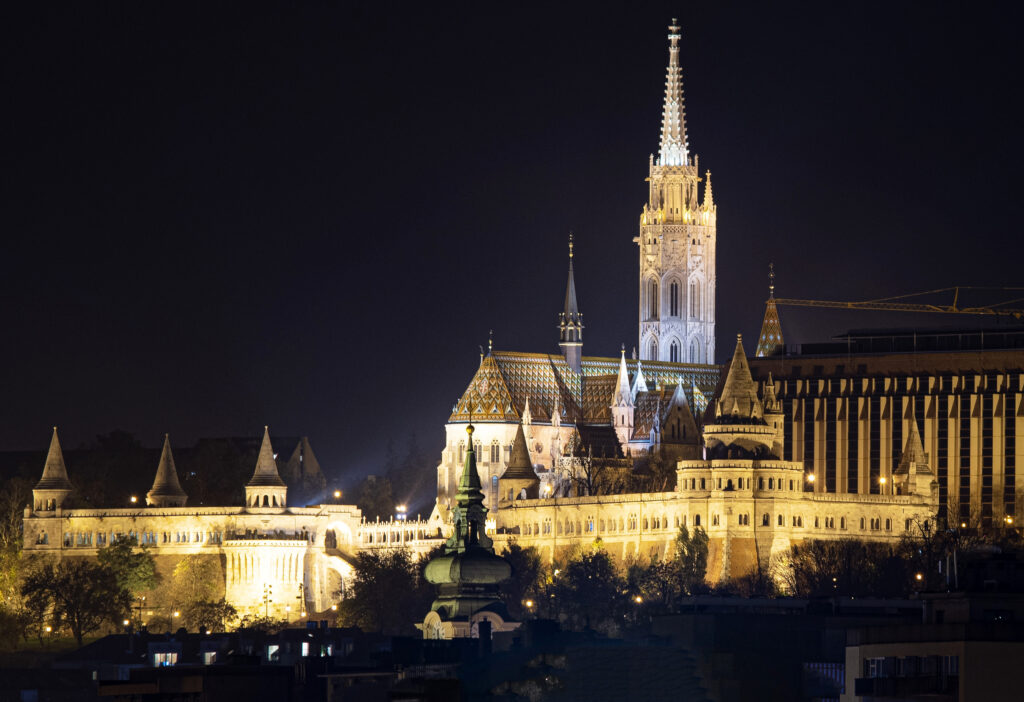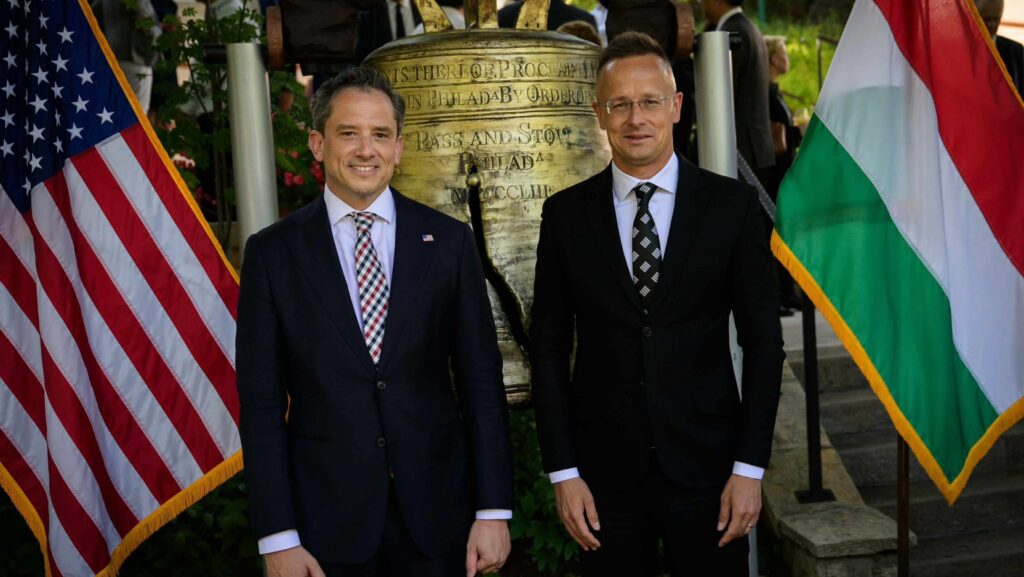On 15 August the Catholic Church and Catholics worldwide celebrate the most important Marian feast, the Feast of the Assumption, which commemorates the death and Assumption of the Virgin Mary.
The feast was already commemorated in Jerusalem in the 5th century, where it was called Dormitio sanctae Mariae, meaning ‘the Dormition of the Holy Virgin.’ By the 6th century, the feast had spread throughout the East. Rome adopted it in the 7th century, and from the 8th century onwards, it was known as Assumptio beatae Mariae, or the Assumption of the Blessed Virgin Mary. Pope Pius XII proclaimed as a dogma on 1 November 1950 that
‘the Blessed Virgin Mary, having completed the course of her earthly life, was assumed body and soul into heavenly glory.’
King Saint Stephen of Hungary considered this feast so important that he entrusted Hungary to the protection of the Virgin Mary on this day. For this reason, the Virgin Mary is known as the heavenly patroness of Hungary, or Patrona Hungariae. Saint Stephen died on the Feast of the Assumption in 1038. The Feast of the Assumption is a holy day of obligation, meaning that Catholic believers are required to attend Mass on this day.
In Hungary, several cathedrals, including the Esztergom Basilica, and numerous other churches celebrate their patronal feast on this day, honouring the patron saint of the church.
While the Feast of the Assumption is not a public holiday in Hungary, in neighbouring Romania public employees will enjoy a long weekend this year as the government has linked the public holiday on 15 August with the weekend by declaring a day off. This day is also a public holiday in most European countries with a Catholic majority population, including Austria, Croatia, Italy, Belgium and Poland. Between 1891–1948, Hungary also celebrated the Feast of the Assumption as a public holiday.

Hungary’s most famous church, the Matthias Church in the 1st district of Budapest also commemorates the Virgin Mary. The rebuilt Church was consecrated on 15 August 1896. According to church tradition, the original church was built in the Romanesque style and consecrated in 1015 by order of King Saint Stephen. However, it was allegedly destroyed during the Mongol invasion of 1241, although there are few references to this event. The current building was constructed in the late Gothic style in the second half of the 14th century and underwent extensive reconstruction in the late 19th century. According to historical records, it was the second-largest church in Medieval Buda and the seventh-largest in the Medieval Kingdom of Hungary.
The church was also the site of the ‘Miracle of Mary.’ According to legend, in 1686, when the army of the Holy League besieged and eventually liberated Buda, one of the church walls collapsed due to cannon fire. Behind it, an old statue of the Madonna was revealed. When the statue of the Virgin Mary appeared before the Muslims, the garrison’s morale collapsed, and the city was recaptured by the Christians on the same day.
Related articles:
Sources: Catholic Shrine Basilica/Hungarian Conservative








